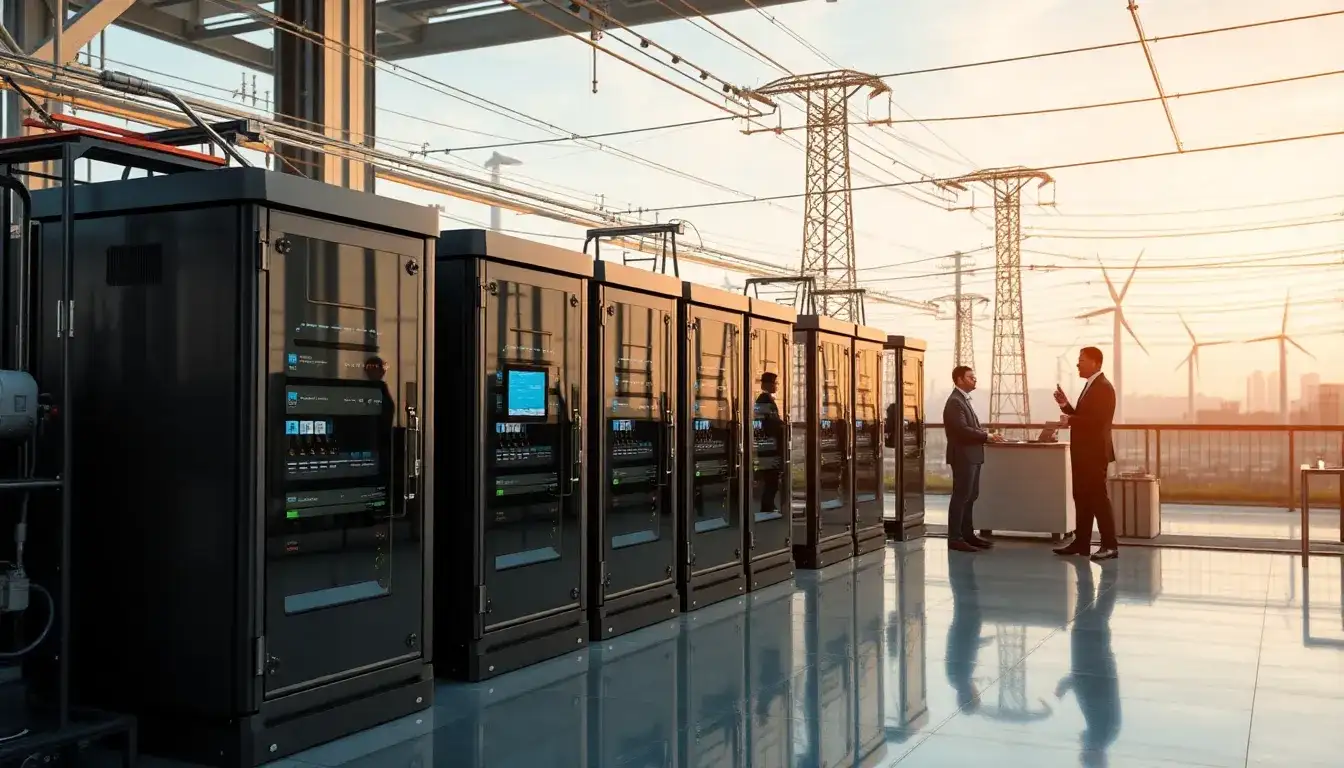
On March 27, 2025, the Third China Energy Storage Conference was held, during which Zhang Zhenyu from the State Grid Dispatching Control Center delivered a speech titled “The Development Prospects and Challenges of New Energy Storage under the New Power System.” He emphasized that grid-connected energy storage is a crucial technological supplement to support the new power system.
Since the establishment of the “carbon peak and carbon neutrality” goals, various industries have been actively accelerating the energy transition. The power system is rapidly evolving towards a new power system, where new energy storage plays a vital role as an important technology and foundational equipment supporting this transition.
In recent years, to promote the development of new energy storage, government bodies at all levels have issued various policy documents to support diversification of technologies and industrialization. Following the joint issuance of the action plan for the high-quality development of the new energy storage manufacturing industry by eight ministries, as well as the release of document No. 136, the new energy storage sector is poised for a leap from passive configuration to proactive development, driven by both policy and market forces.
Overview of New Energy Storage
The State Grid Corporation has established a dedicated task force to facilitate the development of new energy storage. This includes enhancing operational dispatch, promoting market development, and improving management systems, thereby providing comprehensive services for the high-quality and large-scale development of new energy storage.
Currently, the installed capacity of new energy storage is growing rapidly, with a trend towards diversified application scenarios. By the end of 2024, the installed capacity growth rate in the State Grid operating area is expected to reach 1.2 times. The overall utilization of new energy storage is also on the rise, with the total number of utilization hours projected at 991 hours in 2024, an increase of 267 hours year-on-year.
From the perspectives of power sources, grids, and users, photovoltaic storage mainly relies on self-consumption alongside centralized usage. Overall, the utilization hours are comparable to those on the grid side, while wind power storage, due to natural constraints, has slightly lower overall utilization hours compared to photovoltaic storage and grid-side storage. Various provinces have issued supportive documents tailored to local conditions to facilitate the operation of new energy storage. For example, the directives in Tibet set high requirements for supply assurance and absorption, while coastal eastern regions like Jiangsu and Zhejiang have introduced policies regarding price compensation and usage frequency to enhance the utilization hours of new energy storage in these areas.
On a national level, the role of new energy storage in supply assurance and absorption support is significant.
The Role of Energy Storage in the New Power System
One notable characteristic of the development of the new power system is the increasing proportion of renewable energy. Since January 2025, the installed capacity of renewable energy has surpassed that of thermal power, making it the largest power source. Additionally, new installations are primarily driven by renewable energy, which accounts for 86% of total new installations. The generation from renewable energy has also seen substantial growth, with a 22% year-on-year increase projected for 2024 in the State Grid operating area, reaching a total share of 19.3%, a rise of 2.4 percentage points, comparable to levels in the European Union.
From the grid perspective, the national interconnected grid is continuously strengthening, with expanding cross-region and cross-province construction, and the distribution network is accelerating its transformation. Regarding safety, new energy storage is very favorable for supporting the security of the power system, as it has rapid response capabilities in four quadrants, providing emergency power support. Experiments involving black system operations using new energy storage have shown improvements in distribution network support capabilities, including addressing voltage and overload issues. Specifically, grid-connected storage, especially grid-connected technologies, can serve as an essential supplement to synchronizers, providing new support elements for the grid, customized according to system needs.
However, an important aspect of grid-connected storage requires a certain level of energy reserve and consumes some energy itself, presenting additional technical challenges and risks that need to be addressed continuously. Grid-connected technologies offer new possibilities for constructing a new power system with a high proportion of renewables.
In conclusion, the characteristics of the power system will shift from being physically determined to being control-determined.







